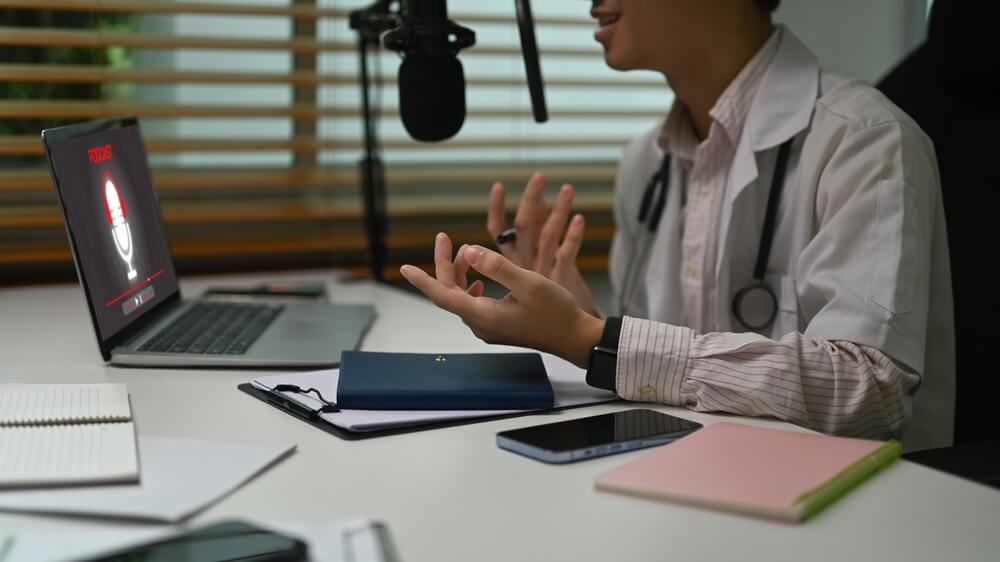A new study shows that among patients with ischemic stroke, the use of implantable electrocardiographic monitoring is appreciably more effective at detecting atrial fibrillation (AFib) compared to prolonged external monitoring.
In this investigator-initiated, open-label, randomized clinical trial conducted at two university hospitals and one community hospital in Alberta, Canada, researchers assessed 300 patients (median age, 64, 40.3% women) who were randomized 1:1 to receive either implantable electrocardiographic monitoring for 12 months (n=150), or prolonged electrocardiographic monitoring for 30 days following an ischemic stroke (n=150). The primary endpoint was defined as the development of definite AFib or highly probable AFib. The study also comprised of eight prespecified secondary outcomes including: time to event analysis of new AFib; recurrent ischemic stroke; intracerebral hemorrhage; death; and device-related serious adverse events within 12 months.
According to the results, the primary outcome was observed in 15.3% of patients in the implantable loop recorder group compared to only 4.7% of patients in the external loop recorder group (between-group difference, 10.7% [95% CI, 4.0%-17.3%]; risk ratio, 3.29 [95% CI, 1.45-7.42]; P = .003). With respect to the eight specified secondary outcomes, six were not significantly different, the researchers noted.
These Findings May Save Lives
Overall, the investigators observed five patients (3.3%) in the implantable loop recorder group who had recurrent ischemic stroke vs eight patients (5.3%) in the external loop recorder group (between-group difference, −2.0% [95% CI, −6.6%-2.6%]), 1 (0.7%) vs 1 (0.7%), respectively, who had intracerebral hemorrhage (between-group difference, 0% [95% CI, −1.8% to 1.8%]), 3 (2.0%) vs 3 (2.0%) who died (between-group difference, 0% [95% CI, −3.2% to 3.2%]), and 1 (0.7%) vs 0 (0%) who had device-related serious adverse events.
“We know that (the current method of monitoring) isn’t as effective as it could be in picking up AFib from this study because regardless of which arm of the study patients went into, we were picking up anywhere from five to 15 percent extra AFib,” said Brian Buck, a stroke neurologist and associate professor of medicine at the University of Alberta via press release about the study. “We found in the study there were a lot of patients with undetected AFib, even after they received the standard cardiac monitoring.”
“We believe that those patients that were identified with AFib are now, for the rest of their lives, going to have a much lower risk of having a stroke in the future,” added Buck.
The findings were published in JAMA.
15% detected with AF using implantable loop recorder in the first year after ischaemic stroke.
(Compared to 5% detection of AF with external loop recorder).
Confirms what we had long suspected and could be a practice changer.
Probably cost-effective (tbc).#CardioEd https://t.co/gziCLmm2K2— Mayooran Shan (@MayooranShan) June 3, 2021
“We didn’t expect that we would get such a dramatic increase with the longer recording, even though it intuitively makes sense,” said study co-author Michael Hill, professor of neurology at the University of Calgary and senior medical director for stroke with Alberta Health Services’ Cardiovascular and Stroke Strategic Clinical Network. “Most people suspected that detection rates apply to only certain subtypes of ischemic stroke. This study showed that theory is not correct.”
“This new evidence will help guide selection of what strategy is best going forward,” added Hill. “We need to go beyond (24-hour monitoring) for Albertan patients. But if the system is going to pay for this technology, we need to know more definitively that patients are going to end up with lower stroke rates in the future.”
Fascinating study… raises lots of questions: -what’s the rate of af detection with ilr in matched controls without stroke? -does this af detection affect subsequent outcome? Etc https://t.co/YjPrhJXXOt
— curzen (@ncurzen) June 4, 2021
Fascinating study… raises lots of questions: -what’s the rate of af detection with ilr in matched controls without stroke? -does this af detection affect subsequent outcome? Etc https://t.co/YjPrhJXXOt
— curzen (@ncurzen) June 4, 2021
Credit: Original article published here.










